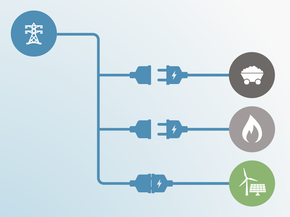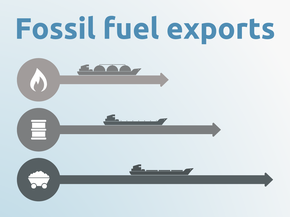Pledges And Targets
Paris Agreement
Nepal submitted its NDC on 5 October 2016. In its NDC, Nepal published plans to build resilience to climate change impacts as well as to reduce GHG emissions (Government of Nepal, 2016a). Nepal has given central importance to climate change adaptation in its development plans and policies. To implement these, it plans to rely mostly on technical and financial support from development partners (Government of Nepal, 2016a). Although Nepal has shown its intent to reduce GHG emissions, it has not outlined a clear overall GHG reduction target or commitment in its NDC. Under its Low Carbon Economic Development Strategy, it aims to catalyse concrete actions that would support low carbon economic development. This strategy would focus on mitigating emissions in the energy, agriculture, industry, transport, waste, residential and commercial sectors (Government of Nepal, 2016a). Some of the main elements with regards to emission mitigation in its NDC (Government of Nepal, 2016a) are:
- To achieve an 80% share of electricity from renewable sources in the energy mix by 2050
- To reduce dependency on fossil fuels by 50%
- To expand its energy mix focusing on renewables by 20% by 2020
- To increase the share of electric vehicles to 20% by 2020
- To decrease its dependency on fossils in transport sector to 50% by 2050
- To maintain 40% of the total area of the country under forest cover
- To reduce about 14 million tonnes of CO2e by 2020 with a sub-national project on REDD+
- To deploy renewable systems under the National Rural Renewable Energy Program (NRREP)
- To build an electrical (hydro-powered) rail network by 2040
The measures reflect Nepal’s objective to steer itself on a low carbon development pathway, but there are many individual actions with different target years, and some actions lack detail and leave room for further specification. In the NDC, the National Rural and Renewable Energy Program (NRREP) is mentioned. However, many of the details under NRREP are missing, such as the target year, the characteristics of the energy systems to be installed, and whether the target is additional or cumulative. Therefore, it was not possible to quantify the aggregate effect of these targets. However, Nepal does have a long-term vision to decarbonise its electricity sector and reduce its dependency on fossil fuels.

Further analysis
Latest publications
Stay informed
Subscribe to our newsletter







